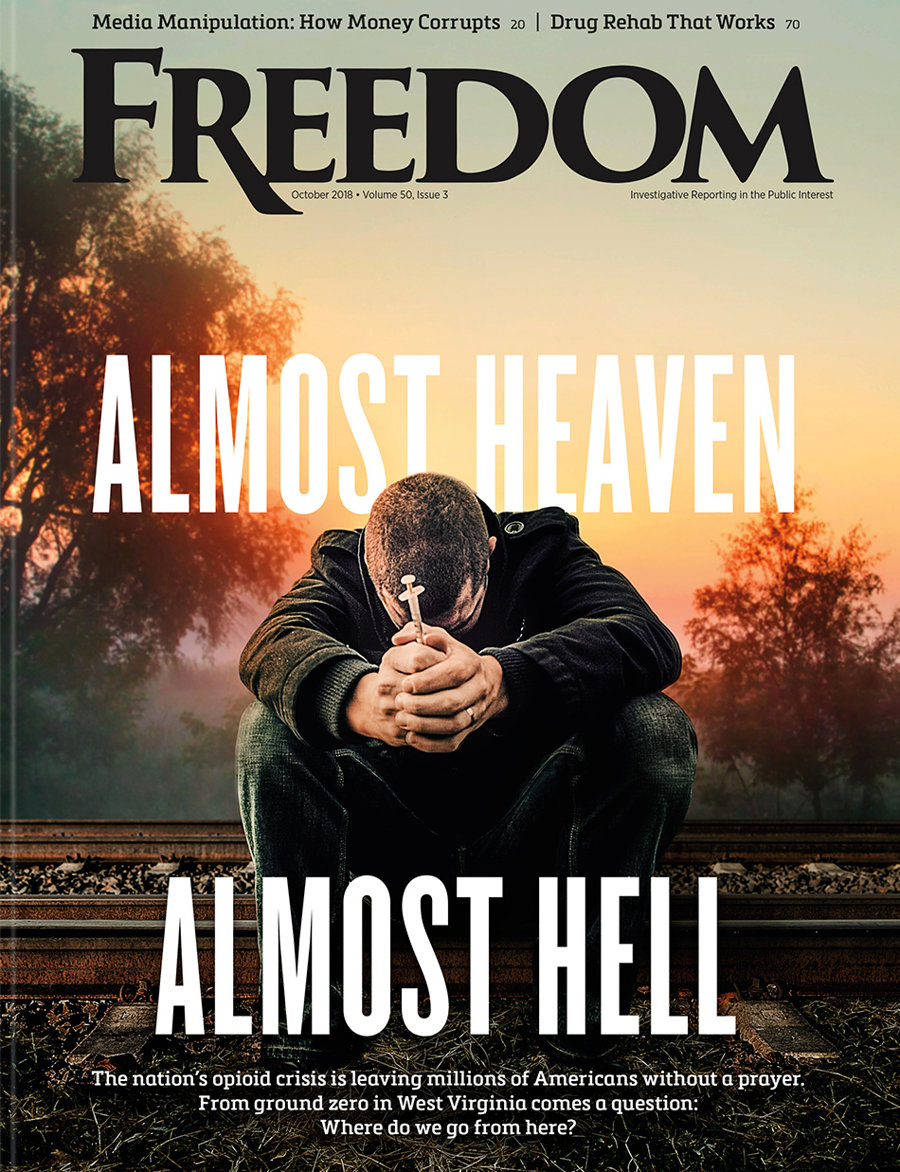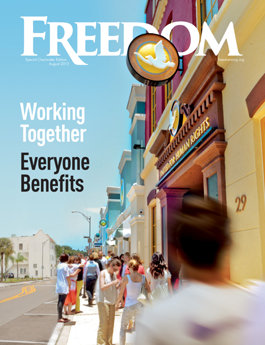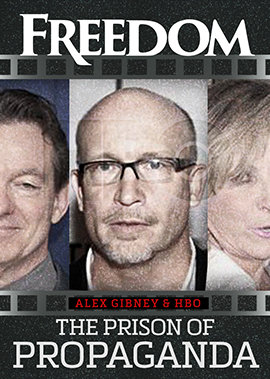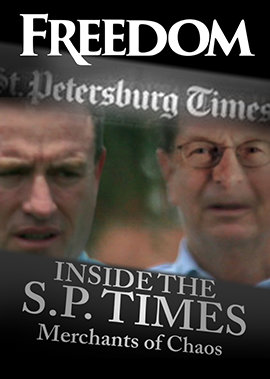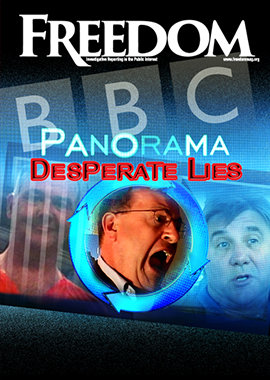Are they waving a white flag of surrender?
They’re called drug consumption rooms (DCR) or supervised injection facilities (SIF) or overdose prevention centers (OPC)—places that hardcore junkies can go, without fear of being arrested, to inject or smoke their illegal drugs of choice in complete—and very expensive—comfort and security.
Even though the British government is dead set against it, Scotland plans to open a $2.8 million DCR in Glasgow on October 21, the latest such facility to sprout in Europe.

“Scotland’s devolved government makes its own policy decisions on matters such as health and education. The UK-wide government in London has previously said it does not support such facilities in England and Wales, citing concerns that they condone or encourage drug use,” the Associated Press wrote.
However, the center is coming, like it or not. It will feature a series of private booths, or carrels, where junkies—or, to be politically correct, PWID (i.e. People Who Inject Drugs, seriously)—can find clean needles to use while they are shooting up, as well as medical treatment rooms where drug abusers who have overdosed can be treated.
Most people have no idea that such facilities exist, even though the first one opened in Bern, Switzerland, in 1986 and there are over 140 such sites in at least 14 countries around the world.
Isn’t this a target-rich herd, officers? Shouldn’t some arrests be going on?
The Scottish center will be the first in the UK, though the BBC wrote: “The idea of creating spaces where illicit drugs are effectively decriminalized goes against the government’s long and carefully maintained line that illegal drugs are dangerous, and those who possess them should be prosecuted.”
The British government, for its part, has stated, “The government has no plans to introduce drug consumption rooms.”
“A range of offenses are likely to be committed in the operation of drug consumption rooms,” a Home Office spokesman said. “It is for local police forces to enforce the law in such circumstances and, as with other offenses of this type, we would expect them to do so.”
Officials of the countries hosting DCRs seem to have forgotten that possession and use of illegal drugs is, well, illegal—inconveniently enough.

Drug abusers show up at these facilities carrying illegal drugs like heroin, morphine, fentanyl, oxycodone, cocaine and a host of others.
Isn’t this a target-rich herd, officers? Shouldn’t some arrests be going on?
The only conclusion one can draw is that, by establishing DCRs, governments are simply rolling over and pretending that laws are not blatantly being violated. They are condoning drug use and subsidizing drug dealers.
Forget treatment. Forget arrests and trials and jails. Let’s just pretend that it’s all perfectly acceptable and legitimate to coddle junkies with safe, comfy rooms where they can shoot up—or smoke up—to their hearts’ content.
If we do that, who wins?
In effect, the pushers do. Their clientele are facilitated in their habit, and kept alive and in comfort so they can return to buy another day. The Mexican drug cartels win, because they can smuggle and peddle their illegal wares and keep turning huge profits.
But who loses?
Well, we lose, because world taxpayers are being billed for enormous amounts of money to maintain these DCRs. Society grows weaker, while the number of drug addicts stumbling into DCRs for their latest “fix” just keeps growing larger.
Former DEA Deputy Chief of Staff Jim Crotty put it this way: “The goal can’t simply be to keep people alive. If you believe, like me, that doing drugs is very destructive, then the goal has to be to stop doing drugs.”
So far, US law enforcement officials seem ready to stand firm against DCRs.
“I’m not aware of any valid basis for the argument that you can engage in criminal activity as long as you do it in the presence of someone with a medical license,” former US Deputy Attorney General Rod Rosenstein said. “Just because someone tells you in San Francisco that San Francisco is not going to prosecute you for doing something, that does not make it legal. It remains illegal after federal law.”
“People struggling with addiction need help, not a legal place to shoot up.”
“If local governments get in the business of facilitating drug use ... they’re actually inviting people to bring these illegal drugs into their places of business,” Rosenstein says. “If you start down that road, you’re really going to undermine the deterrent message that I think is so important in order to prevent people from becoming addicted in the future.”
In fact, when Safehouse, a nonprofit in Philadelphia, tried to open a DCR there, the federal government sued, noting that under the federal Controlled Substances Act, it would be illegal. The act makes it a crime to maintain a place for the purpose of using illegal drugs.
It’s called the “crack house statute,” and it means exactly what it sounds like—that running a DCR is the same thing as operating a crack house.

Supporters of DCRs insist that they save the lives of addicts, because medical personnel are on hand, equipped with Naloxone to salvage those who overdose. They also argue that DCRs lessen HIV infection and, thus, medical treatment costs.
New York currently has the only two operating DCRs in the US, both privately sponsored. Law enforcement has turned a blind eye toward their activities thus far, but Congresswoman Nicole Malliotakis of New York wants to end what she calls “heroin shooting galleries that only encourage drug use and deteriorate our quality of life.”
Keith Humphreys, an addiction researcher at Stanford University, said there aren’t sufficient studies to back up claims of positive results of DCRs.
“I think we should be pretty cautious,” he said.
California Governor Gavin Newsom vetoed a bill that would have allowed Los Angeles, San Francisco and Oakland to open sites as part of a pilot program.
“People struggling with addiction need help, not a legal place to shoot up,” said California State Senator Scott Wilk.
“Worsening drug consumption challenges … is not a risk we can take,” Newsom said.






